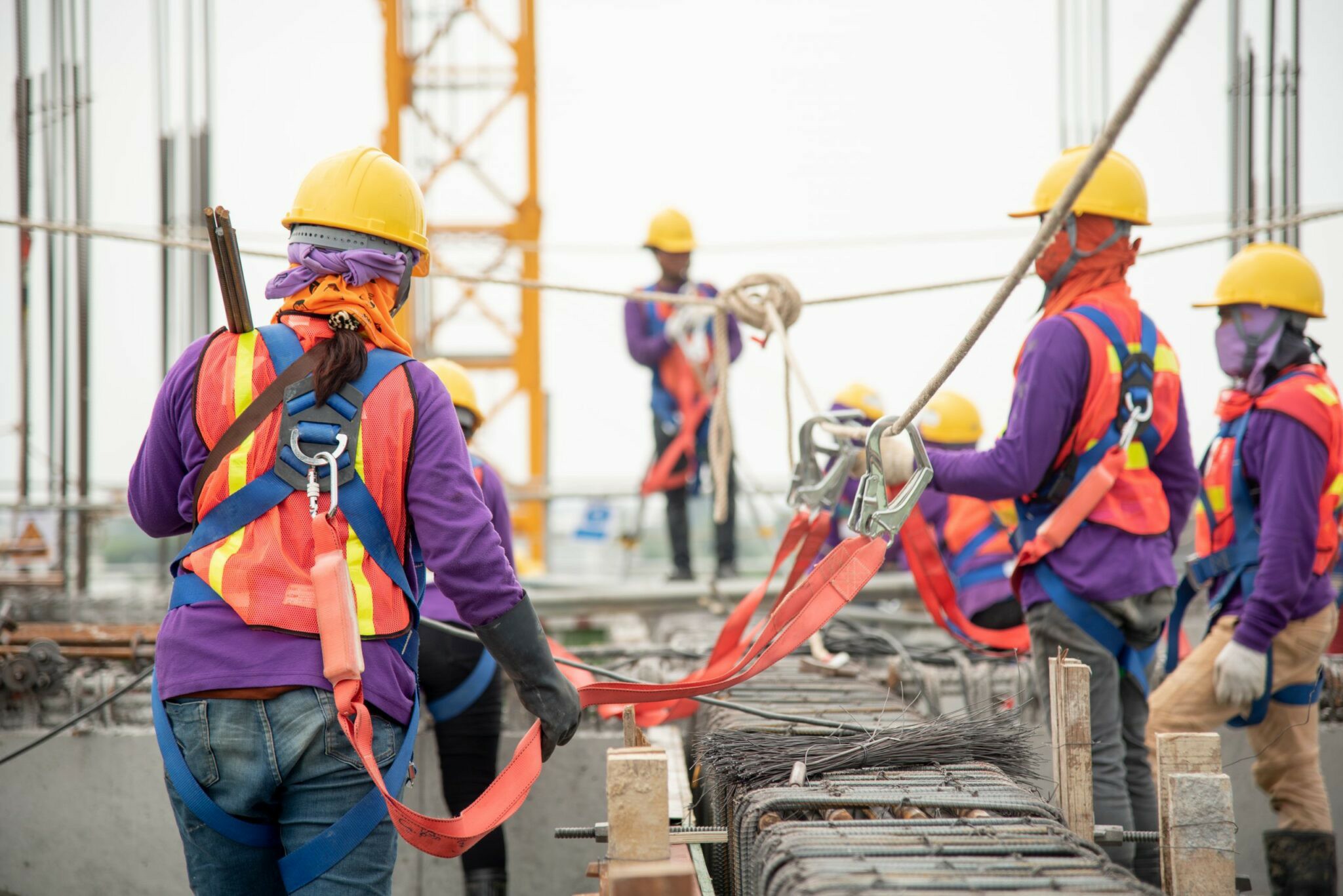


 349,500 Offered Certificates
349,500 Offered Certificates
 24/7 Online Training
24/7 Online Training
 Money Back Guarantee
Money Back Guarantee
 Fully Accredited Courses
Fully Accredited Courses

Created at: 22-02-2025 15:15
In today’s rapidly evolving workplace landscape, ensuring safety during high-risk tasks is non-negotiable. One innovative solution gaining traction is Virtual Reality (VR), which is redefining the paradigm of Working at Heights training. Through immersive experiences, organizations are not only improving the efficacy of their training programs but also fostering a culture of safety among their workforce.
VR technologies have revolutionized Working at Heights Certification by offering trainees engaging, realistic simulations of high-risk work environments. These immersive experiences allow workers to visualize and practice their safety protocols in scenarios that closely resemble actual conditions they may face, without the inherent dangers.
Traditional Working at Heights courses often involve high costs associated with equipment, materials, and travel to training sites. By transitioning to a Working at Heights Online Course, companies can save substantially on these expenses:
To harness the benefits of VR in Working at Heights training, organizations should consider the following steps:
Several organizations have successfully implemented VR in their safety training programs:
As companies strive to enhance safety protocols and training efficiency, VR stands out as a game-changing technology. The benefits range from improved retention and hands-on experience to significant cost reduction and ensuring physical safety during vital training. By opting for Certified Working at Heights Training through VR, organizations can foster a culture of safety while ensuring compliance with industry standards.
Explore more about integrating VR technology into your safety training by visiting our Working at Heights Course page. For inquiries, please contact us at [email protected]. Embrace the future of safety training and empower your workforce today!